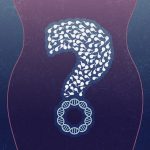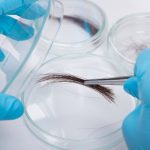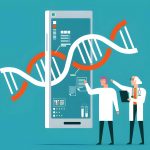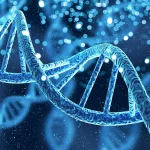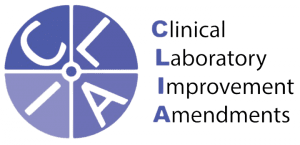One of the genealogy tools that might help you discover more about your ancestors and family history is DNA testing. Your family’s history spans centuries, and it’s possible that your ancestors moved from place to place all across the world.
What Actually is a Family Tree?
Most family tree charts have a box for each family member, with each box connected to the others to show links.
A generation is usually grouped into a single level and testing with different kinds of DNA testing including prenatal paternity testing, thus it’s simple to tell which ancestors came before which generation because they’re physically above them on the tree.
Although most family trees are drawn vertically, they can also be drawn horizontally.
The Information May Be Found in Your Family Tree.
More than your family’s origins and migrations are covered in family history. Each of your forefathers and mothers has a tale to tell. Some may have persevered in the face of adversity or sought adventure, while others may have had tranquil lives. They are your people, and every decision or action they did eventually resulted in you.
These tales aren’t encoded in your DNA, and there’s no alternative for good old-fashioned documents to uncover them except paternity testing, for example, NIPP testing.
DNA Testing and Family Tree Construction
A DNA test can give solid validation for your family tree research and lead you on unexpected paths. For example, if your family tree leads you to suspect that your ancestors are Irish, your DNA ethnicity findings may confirm this. On the other hand, your DNA findings may point you in the right direction if your records trail turns cold.
Let’s say your grandmother informed you that one of your relatives sailed with the Pilgrims across the Atlantic, but you’ve never been able to verify the account. Following the submission of your DNA testing kit, we compare your DNA to millions of other tests in our database and provide you with a list of DNA matches to investigate—people with whom you are most likely connected. If any of them had Pilgrim ancestors, your grandma could have been correct after all.
Your Tree Will Grow As a Result of DNA matches
You may utilize DNA testing’s private, secure messaging system to contact and communicate with your DNA matches. You can work together on research projects or exchange stories, images, and other content.
Another feature of DNA testing is the ability to search for common surnames in your family tree and among your DNA matches. Finding the same surnames in your trees will reinforce your confidence in your study and help you rapidly discover how you are linked because your DNA findings can inform you with a high degree of certainty that you are related to your matches. DNA testing may find your shared ancestors for you in many situations—no digging necessary.
In brief, while genealogical DNA testing might give you a whole new perspective on your family history, they are always more powerful when used in conjunction with a family tree. And there’s no better site than Ancestry to obtain them both.
The Three DNA Tests Used by Genealogists are Autosomal, Mitochondrial, and Y-DNA.
- Only males have Y-chromosomal DNA (Y-DNA), which provides information on patrilineal ancestry.
- Mitochondrial DNA determines matrilineal descent (mtDNA), found in men and females.
- Finally, both matrilineal and patrilineal ancestry may be determined using autosomal DNA (atDNA).
The signal of shared ancestry revealed in autosomal DNA is strongest in near relatives, but it fades fast, making it impossible to determine exact connections after 5-7 generations of separation. As a result, autosomal DNA (atDNA) is the best way to identify ancestors in a family tree’s most recent 5–7 generations.
Bottom Line:
While DNA testing might help many people’s health and well-being, it can also make life more difficult for others. When used for elective, screening, or predictive reasons, it should only be undertaken after thoroughly researching the benefits and drawbacks of testing.
Some people may want assistance from psychologists and others after obtaining a favorable result after paternity testing to help them work through difficult decisions or any concerns they may be facing. To this purpose, most geneticists would collaborate with mental health practitioners experienced in assisting people in such situations.







